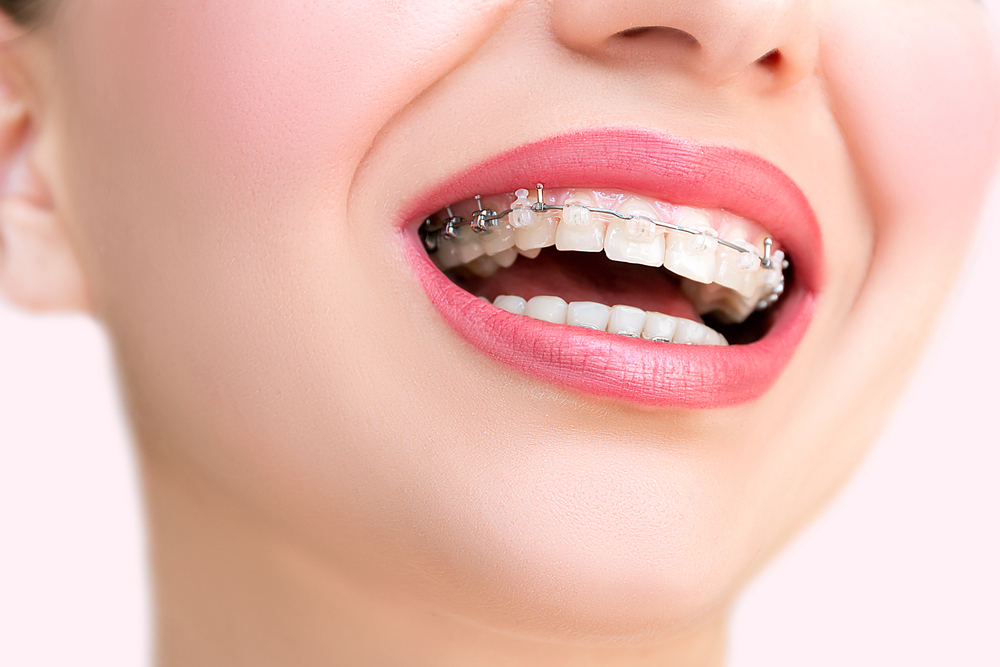
If you have gap teeth, you’re likely familiar with the self-consciousness that can come with it. While the gaps between your teeth might be a unique characteristic, it can make some people feel less confident about their smiles. Thankfully, braces for gap teeth offer a solution that can close the space and create a more uniform smile.
In this article, we’ll explore how braces for teeth gap work, how they help close the space, and why they are an effective option for those looking to enhance their smile.
What Causes Gap Teeth?
Gap teeth, also known as diastema, are common and can occur for several reasons. Genetics play a large role, as some people naturally have more space between their teeth.
In some cases, gaps form due to missing teeth, where the remaining teeth shift, creating more space. Other factors, such as habits like thumb-sucking or gum disease, can also contribute to the development of gap teeth.
Regardless of the cause, gap teeth can be addressed with braces with gap options, which gently shift the teeth into place and close the space over time.
How Do Braces for Gap Teeth Work?
Braces for gap teeth are specifically designed to move teeth gradually and close the spaces between them. When you get braces, the dentist applies brackets and wires to your teeth. These components work together to apply gentle pressure, moving the teeth into better alignment.
For gap teeth, braces are particularly effective because they can be adjusted to focus on shifting the teeth toward each other. Over time, the gap between your teeth will gradually close as the braces continue to move the teeth.
Types of Braces for Gap Teeth
There are several types of braces that can be used to close gaps in teeth, and the choice of treatment will depend on your specific needs and preferences. Here are the main types:
- Traditional Metal Braces: These are the most common type of braces, featuring wires and metal brackets. While they are more noticeable than other options, they are highly effective in closing gaps and correcting misalignments.
- Ceramic Braces: Similar to metal braces, ceramic braces use clear or tooth-colored brackets that mimic the look of your current teeth. They offer the same effectiveness as traditional braces but are less noticeable.
- Lingual Braces: Lingual braces are placed behind the teeth. This makes them invisible from the front. They are a good option for people who are concerned about the aesthetic appearance of their braces but still want the benefits of traditional braces.
- Invisalign® Clear Aligners: While not technically braces, Invisalign clear aligners are a popular alternative for gap teeth. These clear plastic aligners fit over your teeth and gradually shift them into place. Invisalign is removable, making it a convenient option for those who prefer a less noticeable treatment.
The Timeline and Cost of Braces for Gap Teeth
The timeline for closing gaps with braces can vary depending on the severity of the gap and the type of braces in Mandeville, LA you choose. On average, it can take anywhere from 12 to 24 months to achieve the desired result with the right aftercare.
In terms of cost, traditional metal braces tend to be the most affordable option, while Invisalign and ceramic braces are often more expensive. However, braces are a long-term investment in your smile and oral health, making them a worthwhile choice.
Why Choose Grand Family Dentistry for Braces?
At Grand Family Dentistry, we take a personalized approach to orthodontics, carefully designing a treatment plan that fits your lifestyle and smile goals. Our office provides a comfortable environment where you can feel confident and at ease throughout your treatment. Contact Grand Family Dentistry today to close the gaps in your smile and improve your oral health.

